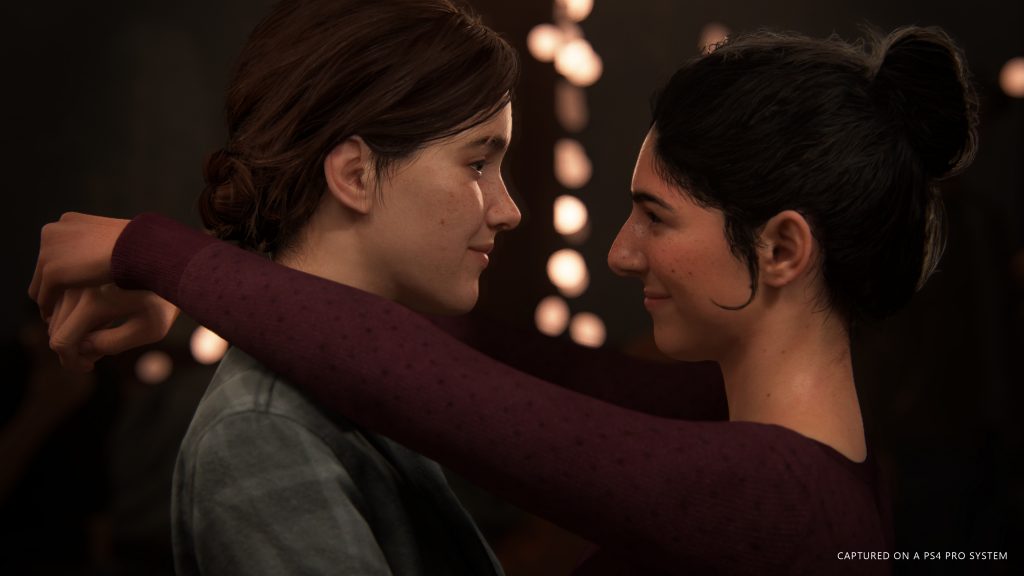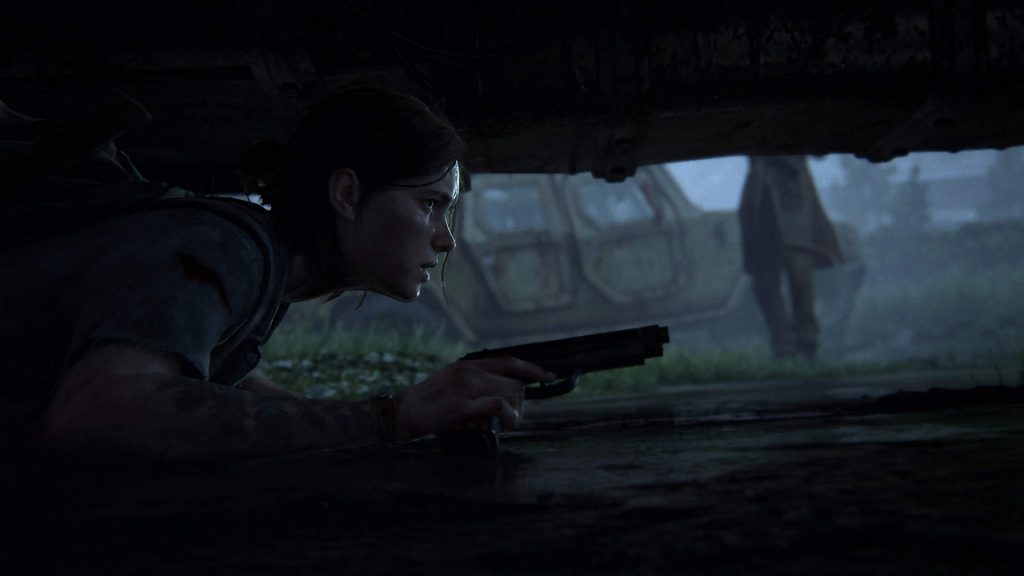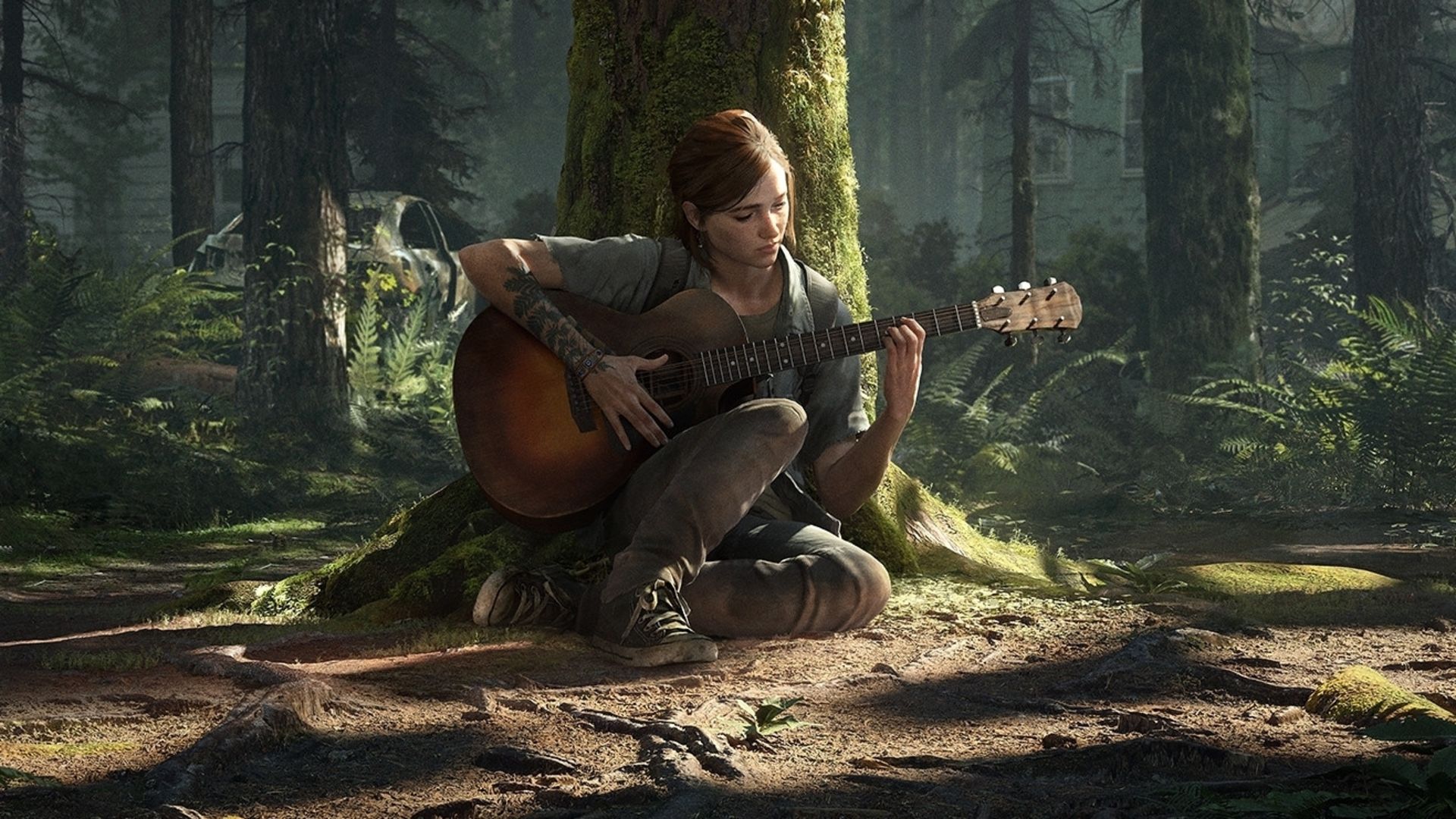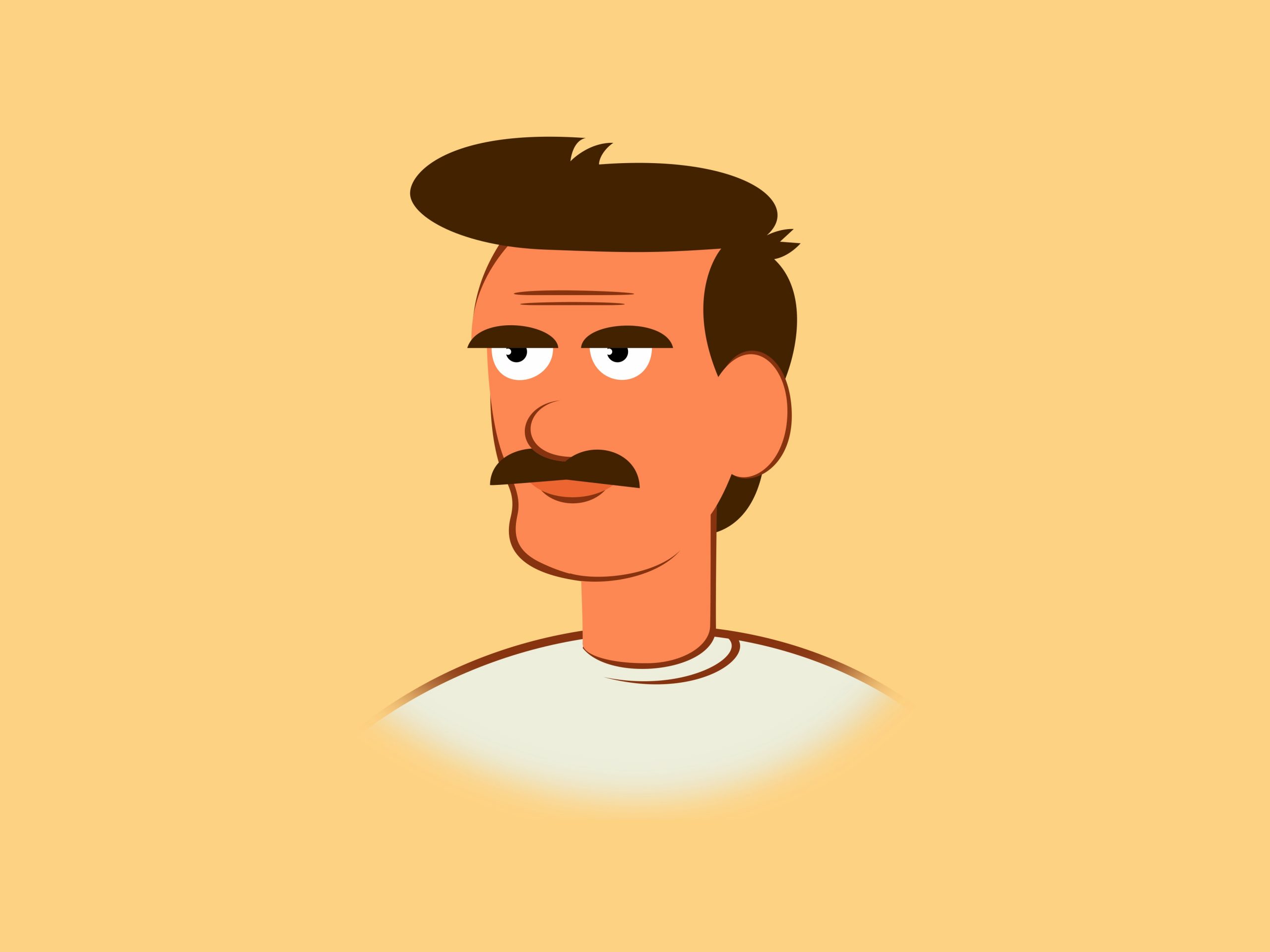By Evie Nicol |ÔÿàÔÿàÔÿàÔÿà |
The Last of Us Part II is a masterpiece that, like it’s predecessor, sets a benchmark for storytelling in gaming. Taking the player on a complex, intense and often heart-wrenching journey centred around humanity, it presents profound moral questions and bold twists on what appears on the surface to be a typical revenge tale. Naughty Dog’s highly anticipated sequel has proven to be incredibly divisive, with a story that is layered and intricate, providing many topics for debate and afterthought and remaining in players’ minds for some time after the credits have rolled.
This story is much more than one of revenge; it is one of the arduous path to inner peace and recovery in the face of trauma. From the outset, we feel what our beloved characters feel; hatred, anger, and an unstoppable desire for revenge, but it’s not long before you begin to question your own brutality. There is a certain exhaustion as you begin to realise how many atrocities you must commit to achieve such ÔÇÿrevenge’, and you yearn for peace. It is right at this breaking point that the game presents players with a shift that seems to turn the story on it’s head.

It is this shift that has earned the game the majority of its criticism, and I would be lying if I said I wasn’t initially disheartened by it. After finishing the game, though, it becomes clear that this shift in perspective is a further look at what the Cordyceps virus has done to humanity. In this perilous world, everybody has loved ones, everybody has suffered, and brutal revenge is not the quick solution to trauma that Ellie searches for. She only finds this recovery and peace as soon as she finds forgiveness within herself, and this is mirrored by Abby. Two sworn enemies follow the same path, determined to recover by hurting others. Both soon discover that the pain they have caused has not healed their own suffering. This is all complemented by Naughty Dog’s unparalleled attention to detail, top-tier graphics, immersive gameplay and rich landscapes.
The Last of Us Part II‘s combat is varied and comprehensive, allowing for an aggressive or stealth-oriented style of play. The enemy AI is vastly improved from the first game, resulting in highly intense combat scenarios that would often leave me needing a quick break to catch my breath. Something I noticed very quickly is that NPC relationships are much stronger, and they will call out to each other if they are injured or see each other die. If you mortally wound an NPC, they will beg you to spare them. After a particularly gruesome melee attack, your partner may make a reactive comment. Small details such as these really elevate the gameplay to the next level as well as the story itself as they illuminate characters’ relentless brutality in the name of empty revenge.

The Infected enemies are just as terrifying as those of the first game, with even scarier new stages of the virus. Stalkers are much more intelligent than Clickers, and will actively hide from you until they see an opportunity to attack. This makes for some incredibly haunting and atmospheric gameplay, made even more frightening when a Shambler or two are thrown into the mix. Perhaps more threatening than the Infected are the human enemy factions of The Last of Us Part II, namely the Seraphites/Scars in Seattle and the Rattlers in Santa Barbara. These enemies are brutal to any outsider, with Scars stringing up and disemboweling trespassers and Rattlers capturing lone travellers and keeping them for slave labour. The further insights into the WLF and Seraphite factions were very intriguing, though I’d have loved to see more of the Rattlers towards the end of the game.
The cinematics of The Last of Us Part II are indisputably brilliant. The combination of the graphics, acting and audio make for some glorious cutscenes and welcome breaks from the intense action we see in gameplay. The soundtrack, composed again by Gustavo Santaolalla, is the perfect accompaniment not only to the cinematics but the entire game, providing a stellar atmosphere no matter the tone at the time. There is a certain authenticity to Santaolalla’s music which translates really well into The Last of Us Part II‘s universe. The cutscenes capture such raw emotion from characters that it often feels as if you are watching a Hollywood blockbuster.
Despite a true division of opinions on the game, it is no question that Naughty Dog have produced an incredible work of art with The Last of Us Part II, which I believe to be a great continuation from 2013’s beloved The Last of Us. The story is bold and unexpected by many, providing a rollercoaster of a gaming experience. It was exhausting at times, but the journey of emotions I felt as I played was so immersive that I had the game in my head non-stop, even after I finished it. Youtuber Nathan Zed sums up the two games perfectly, stating that The Last of Us ends hopefully with misery beneath the surface, and The Last of Us Part II ends miserably with hope beneath the surface. To have a blissful and perfect continuation of Ellie and Joel’s relationship would have been improbable in such an unforgiving world as that of The Last of Us Part II, and for that reason I believe that the somewhat daring narrative decisions of the developers definitely paid off.



